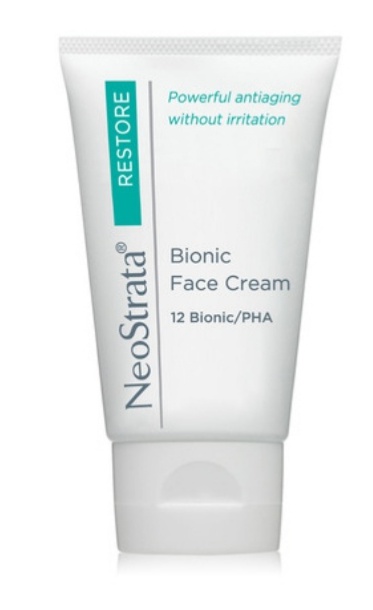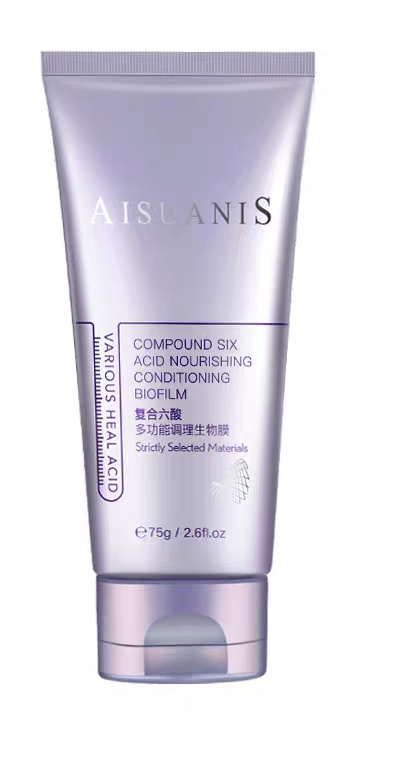Details
Lactobionic acid is the brother or maybe the sister of gluconolactone. Usually, it’s called a PHA, though some studies call it bionic acid or aldobionic acid. Not that this matters too much. What matters is that it’s similarly awesome to gluconolactone. So go read about gluconolactone to get the idea.
In a nutshell, it’s a next generation AHA, with almost all the benefits and more and without the irritation. It gently lifts off dead skin cells and makes your skin smooth and even. It moisturizes and helps the skin barrier. Can be used on sensitive skin too or post cosmetic procedure. In the long run, it has anti-aging benefits (though a tad less than AHAs), and it’s even an antioxidant.
Must try, just like the other AHAs.
Show me some proof
- Cutis.,2004 Feb;73(2 Suppl):3-13., The use of polyhydroxy acids (PHAs) in photoaged skin.
- Journal of Cosmetic Dermatology, Volume 4 (1) – Jan 1, 2005, After 30 years … the future of hydroxyacids
- Journal of Cosmetic Dermatology, Volume 3 (2) – Apr 1, 2004, Alpha‐hydroxyacids and carboxylic acids








